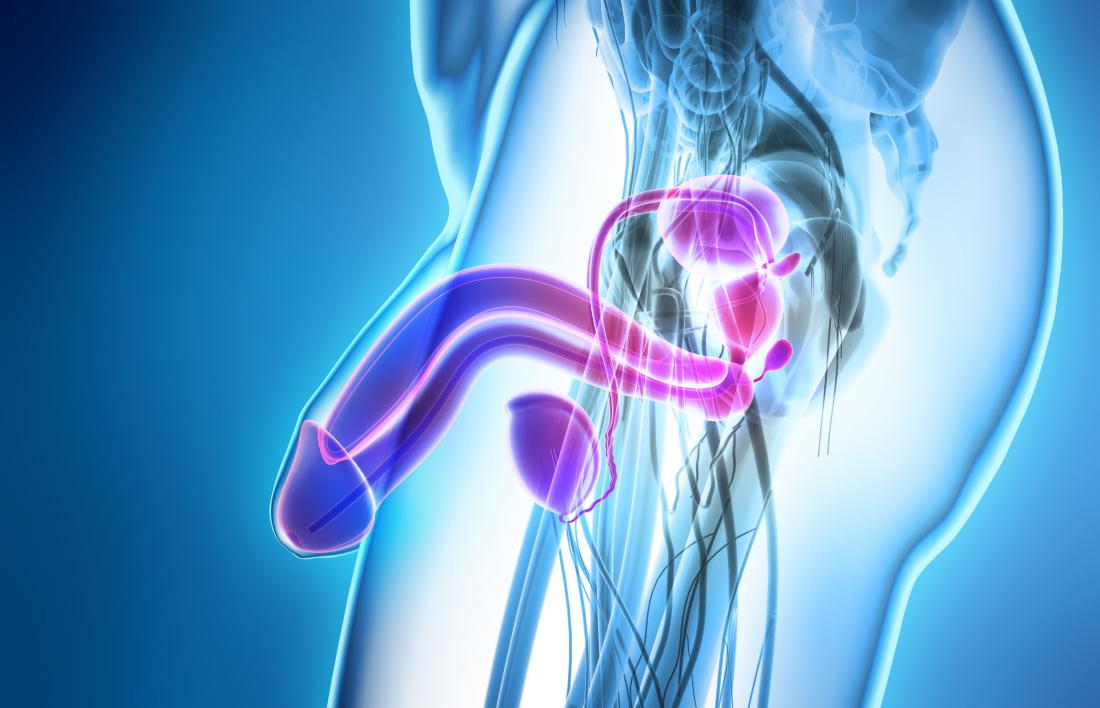10 Things You Didn’t Know About The Penis
As the old saying goes, “A rising tide lifts all boats.” Well, that’s a wrap on our brief dive into the world of penile erections, courtesy of Medical News Today. Who knew that cornflakes were once touted as a masturbation deterrent, or that the penis could actually break? We certainly didn’t! But hold on, there’s more to discover about the schlong in this article. Keep reading, and you’ll look at your breakfast — and your pecker — a little differently.
Although many people with a penis are relatively familiar with its antics, there’s more to this appendage than meets the eye. In this feature, we discuss 10 interesting details about the penis that you probably didn’t know.
When you consider the penis as an evolutionary adaptation, it has done remarkably well. The penis is ancient. Just in case you were wondering, the oldest known penis dates back 425 million years, and its fossilized remains belong to an arthropod dubbed Colymbosathon ecplecticos, which means “amazing swimmer with a large penis” in Greek.

Anyone surprised by how easily the penis is “activated” might reflect on its role in our species’ survival. As far as reproduction is concerned, a false arousal is better than a missed opportunity.
As the author Mokokoma Mokhonoana once wrote, “Even the world’s greatest actor cannot fake an erection.” This leads us to the first penis fact of the day.
1. The First Erection
Penises are born ready, and it is common for babies to exit the womb with an erection. Even before the moment of birth, ultrasound scans sometimes show a fetus with a fully formed erection.
According to a study from 1991, fetal erections most commonly occur during rapid eye movement (REM) sleep. And they can happen a number of times each hour. No one is quite sure why, but it might be the body’s way of testing things out and keeping them running correctly.
2. A penis is twice as long as you think
A lot of people might take solace in this fact: Penises are longer than they look. In fact, around half of the entire length is housed inside the body.
You might be thinking, “Well, it’s no good to me up there,” but it needs to remain connected to the rest of the anatomy, so it’s probably best that it stays put.

As we show in the diagram above, the mass of pink erectile tissue — which comprises the so grandly named “corpus cavernosum” and “corpus spongiosum” — extends well into the pelvic region, forming a sort of boomerang shape.
3. The shoe size myth
Let’s lay this one to rest, shall we? As a 2002 study published in the journal BJU International confirms, there is no correlation between shoe size and penis length.
Although an older study, published in 1993, found that penile length was related to both height and foot length, it was a weak relationship, and the authors concluded, “Height and foot size would not serve as practical estimators of penis length.”

A 2006 study published in the International Journal of Impotence Research looked at other correlations. The researchers concluded that “Penile dimensions are significantly correlated with age, height, and index finger length,” but not foot size.
4. ‘Morning wood’
Most people with penises have 3–5 erections every night, mostly during REM sleep. This is also called “nocturnal penile tumescence,” and it’s still not clear why it happens.
One theory is that it might help prevent bed wetting: An erection inhibits urination. A full bladder is known to stimulate nerves in a similar region to those involved in erections.

Another potential explanation is that REM sleep is linked with switching off cells that produce noradrenaline in the locus coeruleus, which is in the brainstem. These cells inhibit the tone of the penis. So, by reducing the inhibition, the penis becomes erect.
Whatever the reason behind nocturnal erections, they can be useful as a diagnostic tool. If it is difficult to have or maintain an erection while awake, but not during sleep, this can point to an underlying psychological cause, rather than a physical one.
5. One final erection
So, we’ve established that erections can occur in the womb and during sleep, but what is perhaps even more surprising is: the death erection. Also called “angel lust” or a terminal erection, it happens in the moments after death.
Most commonly Trusted Source, it occurs in people who have died from hanging; scientists believe that it may be due to pressure from the noose on the cerebellum.
However, it has also been reported following death by a gunshot wound to the head, damage to major blood vessels, and poisoning.
Another theory is that the erection is caused by “the brutal destruction of the cervical spinal cord.”
6. The penis can break
There is no bone in the penis, which is fairly unusual for mammals. However, it is still possible to break the penis. This most commonly occurs during vigorous sex, although doctors have also documented it in people who have fallen out of bed with an erection.
Penile fracture, as it is known, is actually the rupture of the fibrous covering of the corpora cavernosa, which is the tissue that becomes erect when engorged with blood.
The moment of fracture is accompanied by a popping or cracking sound, intense pain, swelling, and — unsurprisingly — flaccidity.

Thankfully, it doesn’t happen very often, and if it is treated swiftly, this can restore full function. As a note of caution, if this happens to you, do not let embarrassment get the better of you. See a doctor as soon as possible.
In a study that analyzed 42 cases of penile fracture, the authors described the most “dangerous” position as “woman on top.”
7. No-brainer
Most people with penises have very little control over exactly when they ejaculate. This is partly because it does not involve the brain. The signal to ejaculate comes from the spinal ejaculation generator. This region in the spinal cord coordinates the necessary functions.
Of course, the brain does have some input into these matters — thinking about something else is a well-known way to delay the event, for instance — but the nuts and bolts of the whole operation are dealt with in the spine.
8. The angle of the dangle
A penile erection can point in virtually any direction. Straight ahead, left or right, up or down, there’s no right or wrong.
The following data come from a study that measured 1,484 erections.
In the figures below, if the penis pointed directly up, the measurement was 0 degrees, and if it was forward-pointing (horizontal), the measurement was 90 degrees:
- 0–30 degrees: 4.9% of participants
- 30–60 degrees: 29.6% of participants
- 60–85 degrees: 30.9% of participants
- 85–95 degrees: 9.9% of participants
- 95–120 degrees: 19.8% of participants
- 120–180 degrees 4.9% of participants
So, for anyone concerned that their chap is a bit skewed, do not worry — you are normal.

While we are on the topic of “normality,” very few penises are straight; they can curve in any direction. A curve of up to 30 degrees is still considered healthy.
9. Grower or show-er
A study that included 274 participants demonstrated that there is no correlation between the length of a flaccid penis and its erect size. Some start small and end up large (a grower), while some are large when flaccid and only grow a little when erect (a show-er).
Some are small regardless of arousal, and some are large when flaccid and get much larger. It’s a mixed bag.
This may not hold much relevance outside of the locker room, but it’s good to know anyway.
10. Cornflakes prevent masturbation
They don’t, really. However, Dr. John Harvey Kellogg, the breakfast cereal mastermind, hoped that they would. He invented cornflakes and other products because he thought that plain foods would lead Americans away from the “sin” of masturbation.

Thankfully, nowadays, food manufacturers spend less time trying to convince the youth to give up masturbation.
If you could choose a superpower for your penis, what would it be?


Very interesting.
Enjoy the nude pics and articles.
Nocturnal erections, fetal erections, ***any*** non-sexually stimulated erection is so the interior of the penis — the spongiosum (the spongy material within the corpora cavernosa) — can get the needed blood oxygen to remain healthy. Males get as many as 11 non-sexual tumescent erections in a 24-hour period.
The fibrous covering that “breaks” is the Tunica. What causes a severe bend in an erection is the scar tissue once the penis has healed. And, yes, hie thee to the nearest ER if you break your penis during partner sex or masturbation.
Death Erection is also a side effect of asphyxiation. Those practicing auto-erotic asphyxiation (hanging oneself during masturbation) do it to increase the hardness of the erection. Think David Carradine.
Thanks, Pat… science is so interesting, especially when combined with things like dicks!